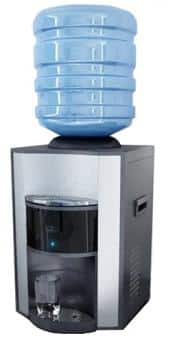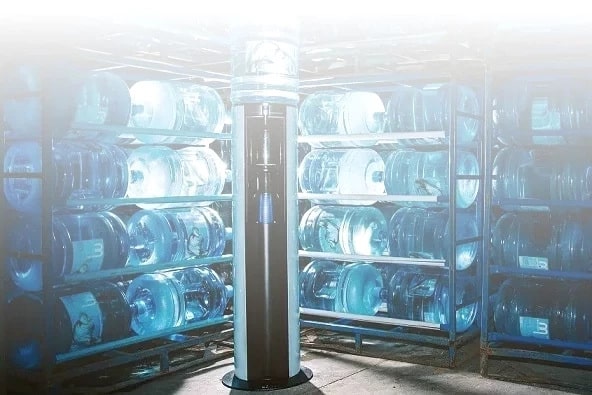 Everywhere we look; there are people carrying water bottles. This trend has become progressively fashionable in modern years. It is interesting to find out more about the substance used to contain the various liquids we consume daily.
Everywhere we look; there are people carrying water bottles. This trend has become progressively fashionable in modern years. It is interesting to find out more about the substance used to contain the various liquids we consume daily.
Since the beginning of time, people have explored various possibilities to carry fresh water from its source to their locale. During the height of the Roman Empire, aqueducts were erected to distribute water to the cities, and containers made from clay, materials of natural fibers and animal pelts were utilised to carry water in less significant amounts. In time, due to war, and then roaming lengthy distances by automated vehicles and sports activities such as hiking predisposed the inevitability for people to devise better ways for moving portable water.
Today many brands of water are sold in bottles. For example, mineral water from San Pellegrino in Italy has been produced since 1935, whilst Evian took root in 1826. Perrier was established in 1898. Initially, these companies sold their water in glass bottles, but after the plastic revolution in the mid 20th century, plastic became the more fashionable choice. After that, water is commercially made available in plastic water bottles.
In 2008, consumers began to question the presence of Bisphenol-A or BPA found in some water bottles, which lead to health problems. As such, many companies today ensure that the bottles used to contain liquids are certified BPA-free. Since the latter part of the 12th century, most bottles for containing water were constructed with necks. As the industry evolved, bottle forms and dimensions have rapidly changed.
One such bottle is the metal version manufactured by SIGG. Dating back to 1908 in Zurich Switzerland, the company was started by two enterprising and innovative gentlemen, Ferdinand Sigg and Xavier Kung. Believing that aluminium was the wave of the future, they began manufacturing not only metal bottles, but frying pans, saucepans and other household items. By the 1950s, SIGG was the frontrunner in the production of metal water bottles.
In recycling terms, water bottles made from PET or polyester, which is the most common plastic used for containers are discarded and recycled – known as ‘post consumer-PET’. Once the post consumer-PET is sorted from other waste, it is compressed, formed into bales and presented for sale to recycling companies. Once sold, this PET waste is frayed into minute fragments. These fragments are then augmented into the production of polyester fibres, used for making items such as carpets, clothing and pillows.
PET water bottles are also used (after recycling) for solar water disinfection in third world countries; the empty PET water bottles are filled, left in the sun to permit disinfection via ultraviolet radiation. Water bottles, whether made of plastic, aluminium, metal or recyclable materials are part and parcel of our lives, and their presence is here to stay for a long time to come.
Water cooler rental London and water cooler buy from Living-Water. Get water cooler accessories and natural spring water for your house or office.





